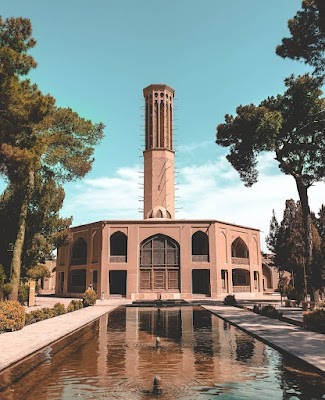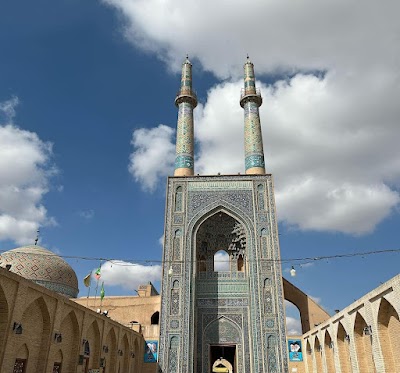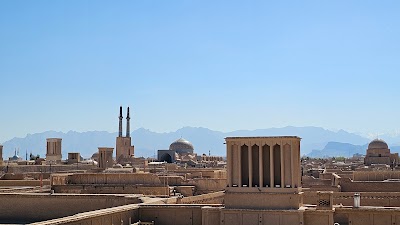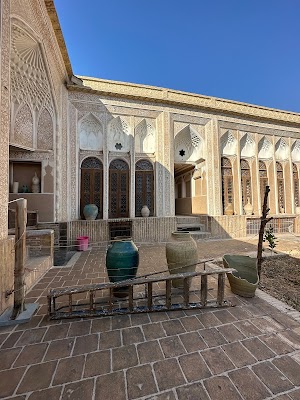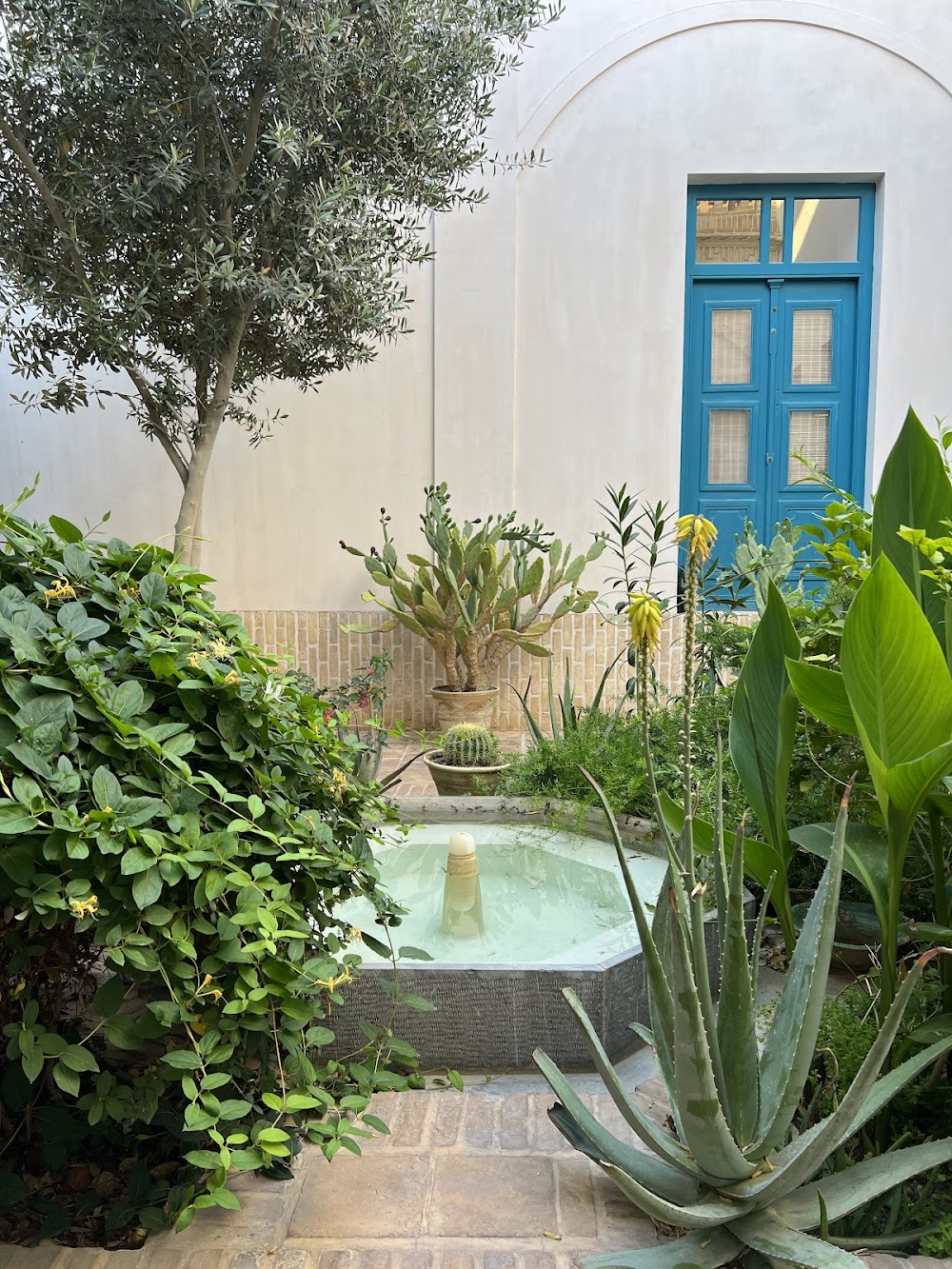Dowlat Abad Garden (باغ دولت آباد)
Overview
Discovering Dowlat Abad Garden
Nestled in the heart of Yazd, Iran, the Dowlat Abad Garden is a breathtaking oasis that offers a tranquil escape from the surrounding arid desert landscape. Dating back to the 18th century, this historical garden was originally constructed by Mohammad Taqi Khan Bafghi during the Afsharid dynasty. Once a residential palace and administrative center for the Khan and his family, the garden showcases the grandeur and sophistication of traditional Persian garden design.
The Iconic Wind Catcher
At the heart of Dowlat Abad Garden is its striking wind catcher, or "badgir," which stands majestically at 33 meters (108 feet) tall. Recognized as the tallest wind catcher in the world, this architectural marvel exemplifies the ingenious engineering of ancient Persia. Designed to cool the main pavilion's interior by harnessing natural airflow, the wind catcher ensures a comfortable environment even during the hottest summer months.
A Stroll Through Serenity
As you wander through the garden, you’ll be enchanted by the lush greenery and meticulously planned layout. Following the traditional Persian garden design known as "Chahar Bagh" (four gardens), the garden is divided into four quadrants, with water channels running through them. These channels are fed by an ancient qanat (underground water canal) system, providing a sustainable water source. The soothing sound of flowing water, combined with the sight of pomegranate, grape, and cypress trees, creates an atmosphere of peace and tranquility.
A Harmonious Blend of Nature and Architecture
Dowlat Abad Garden holds profound historical significance, representing a harmonious blend of nature and architecture. Its design embodies the Persian philosophy of bringing paradise to earth, symbolizing the eternal struggle to achieve balance and harmony in life. The thoughtful arrangement of plants, water features, and pathways serves not only aesthetic purposes but also reflects the deep connection Iranians have with nature and their environment.
Stepping Back in Time
One of the most captivating aspects of the garden is its ability to transport visitors back in time. The main pavilion, known as the "Behesht Aein" or "Pavilion of Paradise," is adorned with intricate stained glass windows that cast vibrant patterns on the floor as sunlight filters through. These windows, along with traditional Persian architectural elements, create an ambiance that allows visitors to experience the opulence and elegance of a bygone era.
A Cultural Hub
Beyond its historical and architectural significance, Dowlat Abad Garden serves as a cultural hub. It regularly hosts traditional music performances, cultural events, and art exhibitions, providing a platform for local artists to showcase their talents while immersing visitors in Iranian culture. The garden is also a popular spot for picnics and family gatherings, especially during the mild and pleasant spring and autumn months.
UNESCO World Heritage Recognition
Adding to its allure, Dowlat Abad Garden is included on the UNESCO World Heritage list as part of the "Persian Gardens" registration. This recognition underscores the garden's outstanding universal value and its role in preserving Iran's rich cultural heritage and architectural ingenuity. Visitors from around the globe are drawn to Dowlat Abad Garden not only for its beauty but also for its historical and cultural significance.
Conclusion: An Enchanting Experience
In conclusion, Dowlat Abad Garden in Yazd is a captivating destination that offers a glimpse into the splendor of Persian garden design and the rich history of Iran. With its towering wind catcher, lush greenery, and intricate architecture, the garden provides a serene and enchanting environment that is both visually stunning and culturally enriching. Whether you are an architecture enthusiast, a history buff, or simply seeking a peaceful retreat, Dowlat Abad Garden promises an unforgettable experience that will leave you with lasting memories of Iran's timeless beauty.


